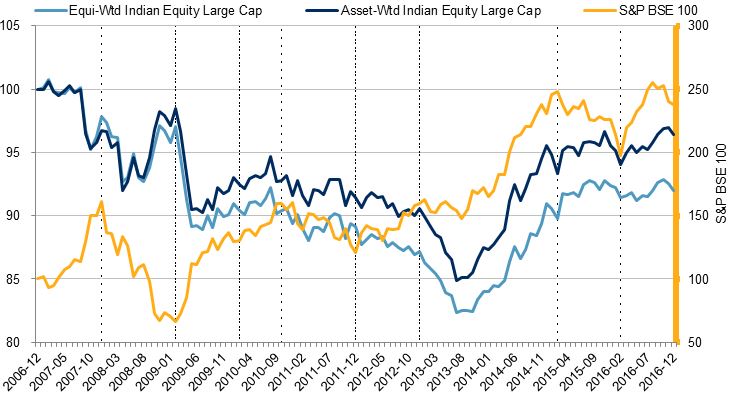Earlier this month, both the Senate and the House introduced bipartisan legislation to amend the Employee Retirement Income Security Act that would mandate annual income disclosures on 401(k) and other defined contribution account documents. The language in the legislation is identical to a bill introduced in 2009, early in the Obama administration. This new effort reflects the ongoing concern that Americans are lagging significantly behind in their retirement savings. At a minimum, the logic behind the proposed legislation is that estimates of plan participants’ future retirement income may motivate them to pay closer attention to savings rates and may encourage more aggressive deferrals to make up for savings shortfalls as evidenced by the income estimates.
However, despite the good intention, there are significant hurdles in coming up with an easy-to-understand and implementable methodology. For the lifetime retirement income estimate to be useful, it has to be realistic, and that means quite a few assumptions have to be made, including the savings rate, investment returns, and stability in job tenure. Besides, it is one thing to estimate the retirement income for a 65-year-old with close-to-retirement account balances, but it is something else to estimate the same thing for a 35-year-old, 30 years away from retirement.
For participants who are close to retirement, a standard, simple income calculation based on a participant’s current account balance using today’s rates in the immediate annuity market would be an easy and acceptable way to provide the income estimate. For a younger participant with a much lower balance, using the same approach, without taking into account the anticipated future savings, would clearly result in a much lower income estimate and may or may not be helpful to the younger participant. Thus, we may want to allow plan sponsors to provide different types of income estimates based on the participants’ proximity to retirement.
The posts on this blog are opinions, not advice. Please read our Disclaimers.



 What happens to the cumulative returns when the daily returns move in opposite directions? In this case, the magnitude of the returns matters, but not the order. If a market participant were to pursue both strategies, it would likely be a losing proposition in a choppy market. The only way to profit is by picking whether the larger absolute return will be positive or negative and using the standard long index for the larger absolute positive return and the inverse index, which is like a short position, for the larger absolute negative return. If the magnitudes of the opposite consecutive returns are the same, the directional order makes no difference, as shown in the first column of Exhibit 2, and there is a certain loss for both the standard and inverse indices. However, there is a chance to win if opting for only one strategy with a correct bet on the bigger absolute return, regardless of order.
What happens to the cumulative returns when the daily returns move in opposite directions? In this case, the magnitude of the returns matters, but not the order. If a market participant were to pursue both strategies, it would likely be a losing proposition in a choppy market. The only way to profit is by picking whether the larger absolute return will be positive or negative and using the standard long index for the larger absolute positive return and the inverse index, which is like a short position, for the larger absolute negative return. If the magnitudes of the opposite consecutive returns are the same, the directional order makes no difference, as shown in the first column of Exhibit 2, and there is a certain loss for both the standard and inverse indices. However, there is a chance to win if opting for only one strategy with a correct bet on the bigger absolute return, regardless of order. What conclusions can be drawn for 2x leveraged indices when daily returns are compounded? Similar results are observed when comparing the standard indices to the 2x leveraged indices, which double the daily return. The compounded returns when there are two days of consecutive losses or gains show that the 2x leveraged version has a better payoff profile, since it loses less than double the standard index return but gains more than double. If a market participant is sure about commodity trends over time, then the 2x leveraged index may be a winning bet, even if the direction is uncertain.
What conclusions can be drawn for 2x leveraged indices when daily returns are compounded? Similar results are observed when comparing the standard indices to the 2x leveraged indices, which double the daily return. The compounded returns when there are two days of consecutive losses or gains show that the 2x leveraged version has a better payoff profile, since it loses less than double the standard index return but gains more than double. If a market participant is sure about commodity trends over time, then the 2x leveraged index may be a winning bet, even if the direction is uncertain.

